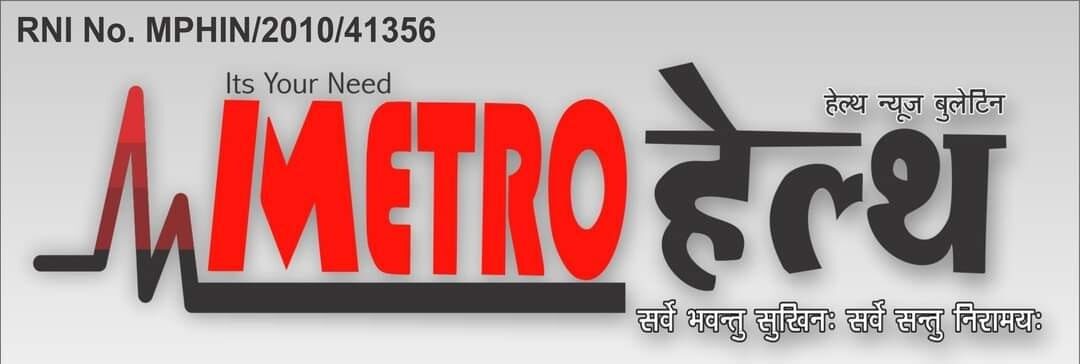How Oestrogen Drives Alcohol Bingeing In Women: Insights From A Preclinical Study
New Delhi: Ladies, blame your levels of oestrogen — female sex hormone — for making you binge on alcohol, according to a preclinical study in mice on Monday.
Scientists at Weill Cornell Medicine showed that the hormone oestrogen regulates binge drinking in females, causing them to “pregame” or binge. The study, published in the journal Nature Communications, establishes that circulating oestrogen increases binge alcohol consumption in females and contributes to known sex differences in this behaviour.
“We know a lot less about what drives alcohol drinking behaviour in females because most studies of alcohol use have been done in males,” said senior author Dr. Kristen Pleil, Associate Professor of pharmacology at the varsity.
Yet recent studies indicate that women have increased their heavy alcohol consumption more than men. This overindulgence is set to make them more susceptible to the negative health effects of alcohol than males, said Pleil.
“Many studies show this pattern of drinking enhances alcohol’s harmful effects,” said the expert, noting that the findings could lead to novel approaches for treating alcohol use disorder in women.
To assess oestrogen’s potential involvement, the team first monitored the hormone levels throughout the oestrous cycle (similar to the menstrual cycle in women) of female mice and then served them alcohol.
The results showed that a high level of circulating oestrogen in women drives them to drink much more than on days when their oestrogen is low. This enhanced bingeing behavior was reflected in heightened activity in those same neurons in the BNST — a brain structure involved in the processing of reward, stress, and anxiety.
“When a female takes her first sip from the bottle containing alcohol, those neurons go crazy. And if she’s in a high-oestrogen state, they go even crazier,” Pleil explained, adding that that extra boost of neural activity means the mice hit the bottle even harder, particularly within the first 30 minutes after the alcohol was made available.


